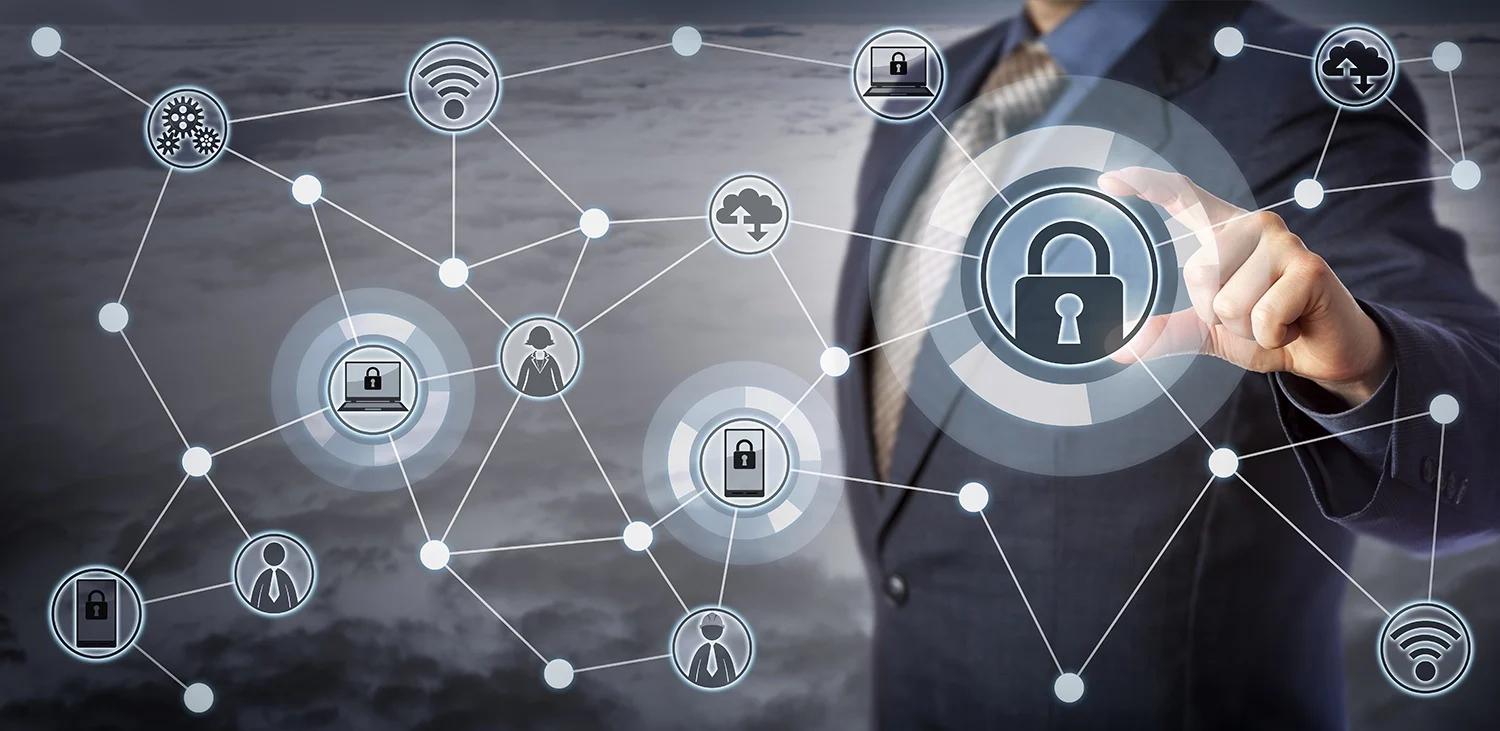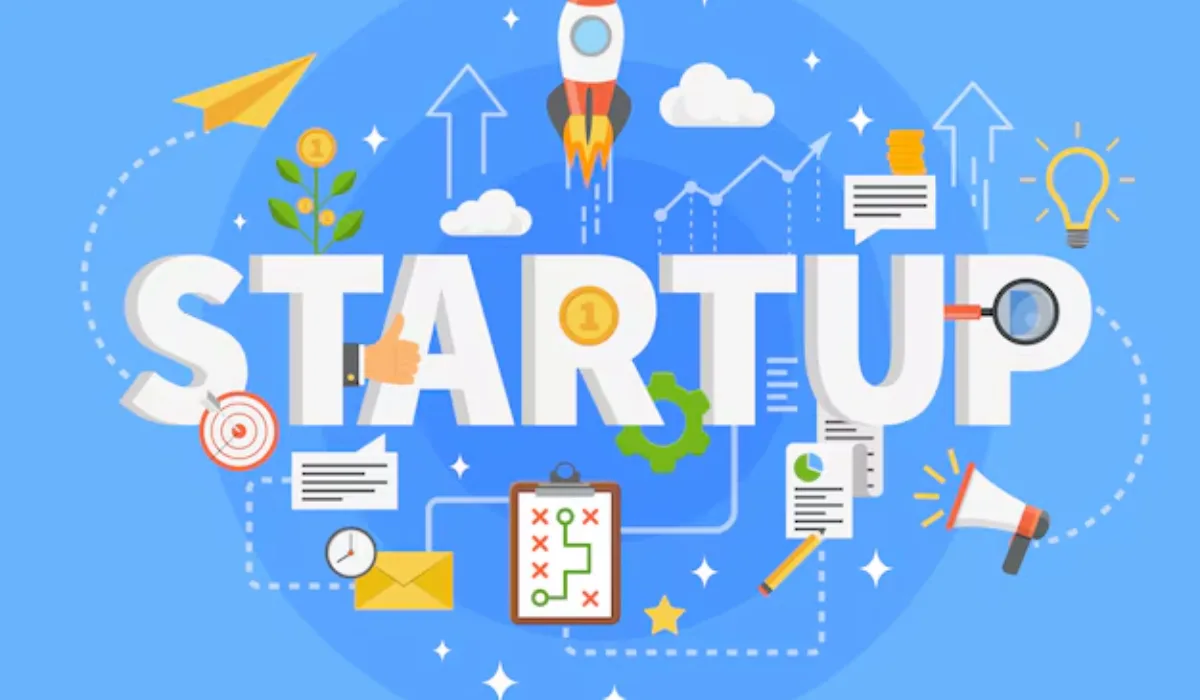Globally, spending on risk management and security is rising. However, what specific enhancements should you prioritize next to fortify your cybersecurity program? and know more about the Enterprise IT Security Architecture.
Creating a strong information Enterprise IT Security Architecture ought to be the first priority for many firms. Continue reading to find out what information security architecture is and how it may reduce the effort and anxiety required to safeguard your vital IT assets from security threats.
What is the architecture for business information security?

To put it simply, enterprise information security architecture (EISA) is the branch of enterprise architecture (EA) that is primarily concerned with protecting corporate data.
EISA provides a more thorough description by outlining an organization's fundamental security policies and practices for protecting data, covering not just other systems but also staff groups and their responsibilities. To make sure the EISA takes into account both present and future company demands, this information is given in the context of organizational requirements, priorities, risk tolerance, and related considerations.
Read Also: Tesla layoffs hit high performers, some departments slashed, sources say
Important components
The following are the main components of an EISA and their respective purposes:
Business context: Describes use cases for enterprise information and how crucial they are to achieving organizational objectives.
The overall picture, comprising the enterprise profile and risk characteristics, is provided by the conceptual layer.
The logical connections between data, services, procedures, and applications are defined by the logical layer.
Implementation: Specifies the proper way to carry out the EISA.
Solutions: Describes the hardware, software, procedures, and other elements that are utilized to reduce security flaws and preserve security going forward.
Advantages of an EISA
For all stages of security planning, having a strong EISA is essential. It offers the comprehensive data needed to decide which procedures and solutions to use across the IT environment and how to handle the technology lifecycle.
The difficulties in developing an EISA
Creating the best EISA plan may be challenging, particularly when the following typical circumstances are present:
Insufficient coordination and communication between different teams or departments on risk management and IT security
Inability to adequately state the EISA's objectives
Users' and stakeholders' ignorance of the need of giving information security a priority
Calculating the ROI and cost of data security software technologies may be challenging.
The Five Steps to Successful EISA

You May Also Like: What Are The Basic Accounting Concepts And Principles?
The five stages listed below will assist you in creating a successful EISA:
1. Evaluate your security status at the moment.
Determine the security procedures and guidelines that your company presently follows. Next, examine the areas where various systems' security features are deficient and suggest ways to strengthen them.
2. Examine technical and strategic security insights.
Connect your company objectives with the knowledge you acquired in step 1. To prioritize your efforts, be sure to use both technical measurements and strategic context.
3. Create the architecture's logical security layer.
Use a well-established framework to apply controls where priority is high in order to build a logical architecture for your EISA that adheres to security best practices.
4. Create the implementation plan for EISA.
Convert the logical layer into a design that can be implemented. Determine which components should be developed internally and which should be handled by a vendor based on your experience, available resources, and the situation of the market.
5. Consider architecture to be a continuous process.
Make careful to frequently assess and update your information Enterprise IT Security Architecture since the threat landscape, your IT infrastructure, the solution marketplace, and best practice guidelines are all always changing.













